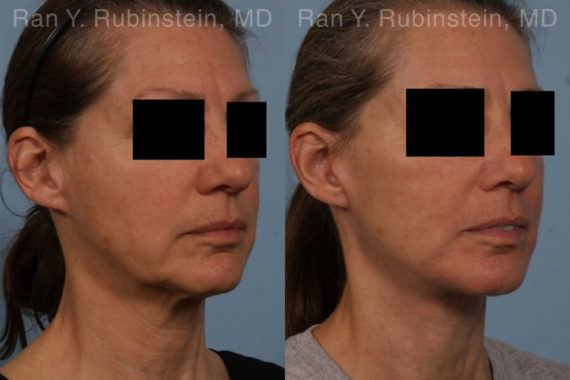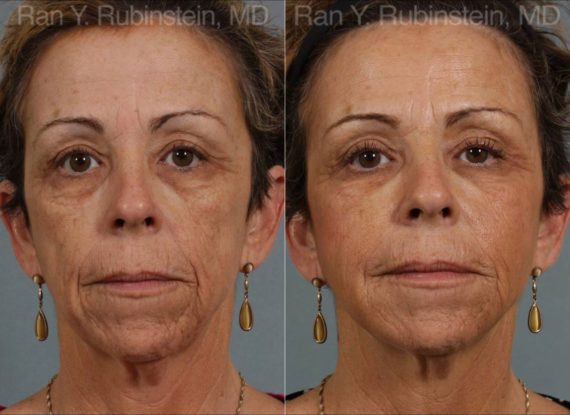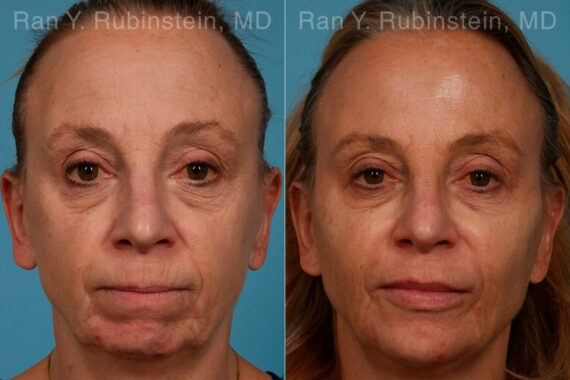Why Rapid Weight Loss Affects Your Face First – And What You Can Do About It
Posted by Rubinstein Plastic Surgery Center
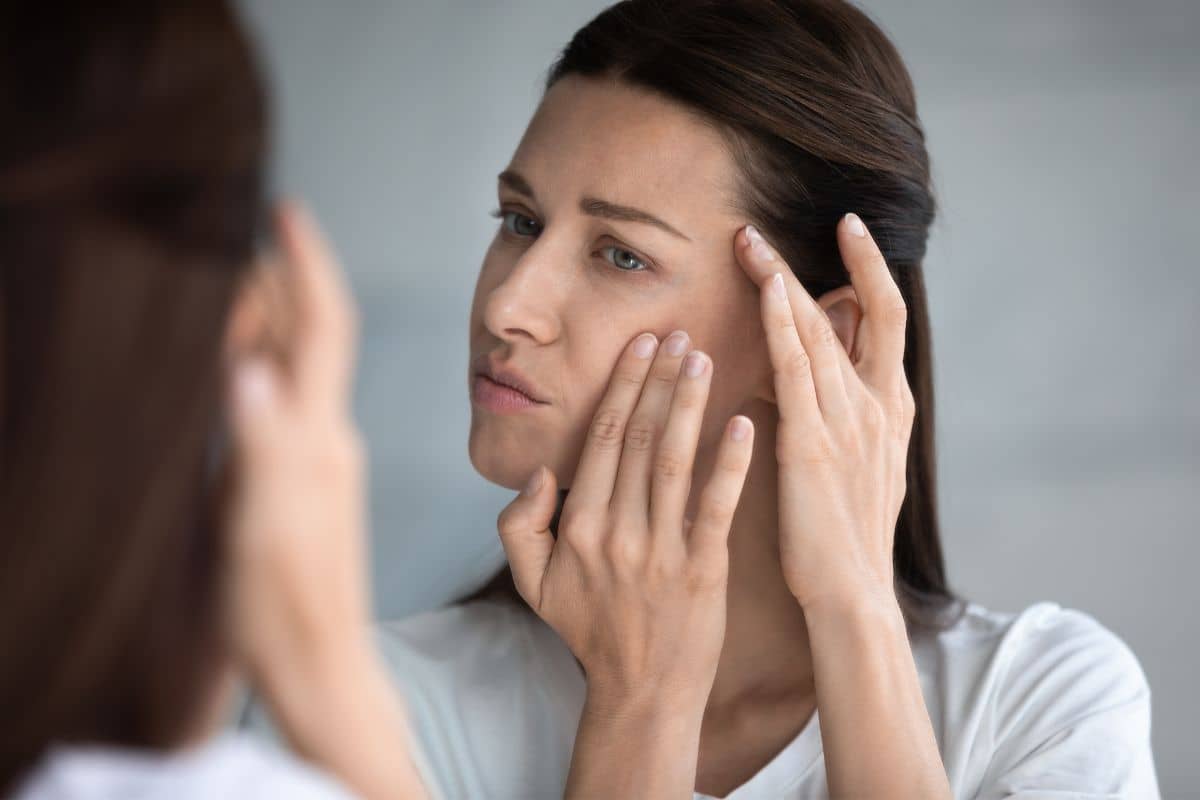
If you’ve noticed that your face looks thinner or older after losing weight, you’re not alone. The term “rapid weight loss face” has become especially common with the rise of weight-loss medications like Ozempic. While these medications are helping people achieve their health goals, they can sometimes bring unexpected side effects—particularly in how they affect the appearance of your face.
According to recent data, more than five million prescriptions for GLP-1 agonists like Ozempic and Wegovy were written in 2022 alone, marking a significant increase in demand for rapid weight loss solutions. These drugs are highly effective at reducing body weight, but they can also lead to dramatic facial volume loss, sometimes referred to as “Ozempic face.”
If you’ve experienced facial changes from substantial weight loss, there are several surgical and non-surgical options that can help restore a healthy, youthful facial contour. At Rubinstein Plastic Surgery Center, we help patients achieve natural-looking results that match their transformed bodies. These face treatments are designed to improve facial aesthetics and rebuild lost facial fat to help reverse the effects of weight loss on facial aging.
What to Know About Facial Changes from Rapid Weight Loss
- Rapid weight loss can lead to facial volume loss, resulting in a gaunt or aged appearance.
- Ozempic face is a phenomenon caused by medications that lead to quick fat reduction.
- The cheeks, jawline, under-eyes, and neck are most affected.
- Both surgical and non-surgical treatments can restore volume and improve skin tone.
- Dr. Rubinstein offers personalized treatment plans to help patients feel confident in their skin.
How Rapid Weight Loss Treatments Work
Rapid weight loss treatments often involve medications like semaglutide, the active ingredient in Ozempic and Wegovy. These are GLP-1 receptor agonists—a class of drugs originally developed for type 2 diabetes that help regulate insulin, reduce appetite, and delay stomach emptying. The result? Substantial weight loss over a relatively short period.
However, while these medications help patients shed pounds, they can also reduce the fatty tissue in the face, especially the subcutaneous fat that supports youthful facial contours. This facial volume loss is what people now refer to as “Ozempic face”—characterized by hollow cheeks, sagging skin, and a more tired or aged appearance. These drugs like Ozempic are changing the landscape of weight management, but the effect of Ozempic on facial skin should not be overlooked.
Understanding Ozempic Face: Why the Face Is Affected First
Facial fat is often the first to go during rapid weight loss because the face contains relatively small fat compartments compared to other parts of the body. When your body starts burning fat quickly, it draws from all areas, including the face. But unlike your stomach or thighs, even a small change in facial volume can dramatically affect your appearance.
In addition, the skin on the face may not bounce back as easily due to a loss of elasticity. As we age, the body produces less collagen and elastin—proteins that keep the skin firm and supple. When weight loss occurs rapidly, the skin doesn’t have time to adjust, resulting in sagging, wrinkles, and loss of facial definition. The changes in facial fat, skin elasticity, and volume contribute significantly to the visible signs of facial aging.
Facial Areas Most Affected by Rapid Weight Loss
Rapid weight loss affects certain parts of the face more than others. These are the areas most likely to show early signs of volume loss, skin laxity, and fine lines and wrinkles:
Cheeks and Cheekbones
The cheeks are one of the most noticeable areas affected by weight loss. Full cheeks often symbolize youth and vitality. When this volume disappears, the face can appear sunken or hollow. Prominent cheekbones may become overly pronounced, which can lead to a more gaunt appearance.
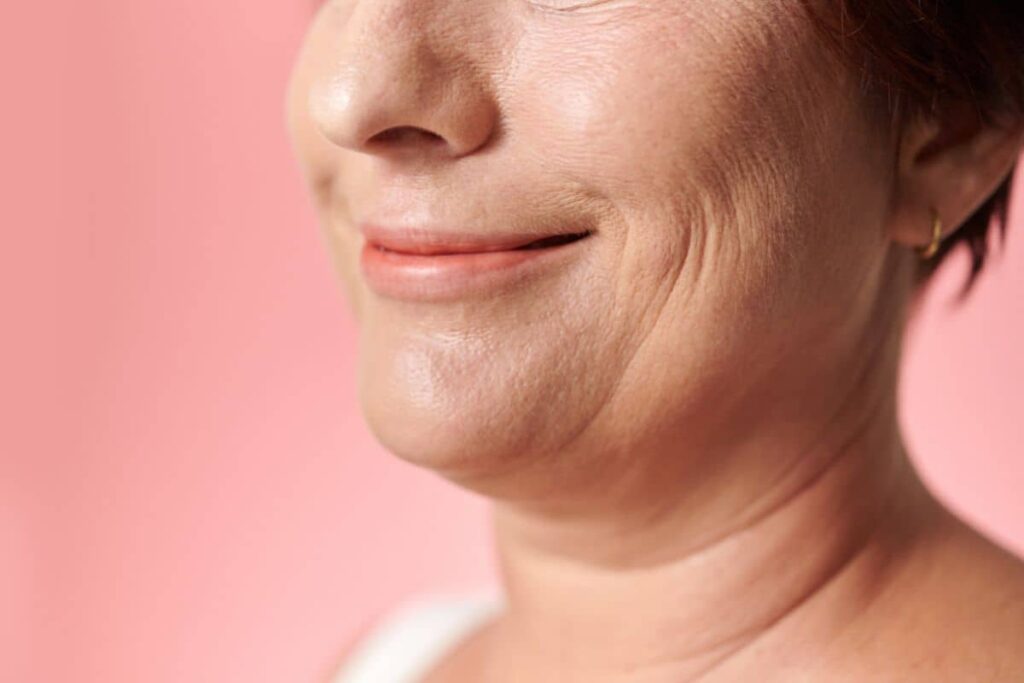
Jawline and Chin
Weight loss can enhance the jawline, which some patients see as a benefit. However, it can also make the chin look more pointed and highlight jowls if there is any loose skin. The transition between the face and neck can become less smooth, leading to an aged appearance. These facial contour changes may require fat grafting or cosmetic surgery to restore youthful balance.
Under-Eye Area
Fat loss under the eyes can cause dark circles and make the eyes look hollow or sunken. Combined with a loss of skin elasticity, this can make patients look tired or older than they feel.
Temples and Nasolabial Folds
The temples may lose fullness, causing the upper face to look narrower. Meanwhile, the nasolabial folds—the lines running from the nose to the mouth—can deepen without the support of midface volume, creating a more aged look.
Neck
Rapid weight loss often affects the neck, leading to loose or crepey skin. A double chin may disappear, but the tradeoff can be excess skin or banding, especially if skin elasticity has declined with age. This is often one of the most stubborn areas impacted by significant weight loss.
Your face deserves special attention during your weight loss journey!
Speak with a facial rejuvenation specialist in Montvale.
Surgical and Non-Surgical Solutions for Weight Loss Face
If you’re wondering whether you need fillers or surgery after weight loss, the answer depends on the extent of volume loss and skin laxity. Patients benefit most from a professional evaluation with a qualified healthcare professional. Dr. Rubinstein evaluates each patient carefully and offers a tailored approach based on their facial structure, goals, and health history.
Surgical Solutions for Facial Volume Loss
For patients with moderate to severe volume loss and sagging skin, facial surgery may offer the best results. Common options include:
- Facelift: A deep plane facelift tightens the deeper facial tissues and removes excess skin, restoring a more youthful contour.
- Neck lift: This procedure smooths and tightens the neck area, addressing skin laxity and vertical bands.
- Fat transfer: Fat from another part of the body is harvested and injected into the face to restore volume naturally.
- Blepharoplasty: Also known as eyelid surgery, this procedure removes excess skin and fat from the upper or lower eyelids, brightening the eyes and reducing puffiness.
These procedures can be performed alone or in combination, depending on the patient’s needs.
Non-Surgical Skin Rejuvenation Treatments
If your facial changes are mild to moderate, or if you prefer a less invasive approach, non-surgical treatments can still offer excellent results:
- Dermal fillers: These injectables add volume to the cheeks, temples, nasolabial folds, and jawline. Popular options include hyaluronic acid-based fillers that offer immediate results.
- Sculptra: This injectable filler, made of poly-L-lactic acid, stimulates collagen production over time, helping to gradually restore lost volume and improve skin texture.
- Laser skin tightening: Radiofrequency and other energy-based treatments help tighten the skin by stimulating collagen production, with little to no downtime.
- Laser skin resurfacing: This procedure targets the outer layer of skin to improve texture, reduce fine lines, and enhance overall skin tone, making it a valuable complement to volume-restoring treatments.
These non-invasive options can be customized to your specific facial anatomy and aesthetic goals.
Why Choose Rubinstein Plastic Surgery Center?
Dr. Ran Rubinstein is a double board-certified facial plastic surgeon and ENT specialist with decades of experience in facial rejuvenation. At Rubinstein Plastic Surgery Center, we focus on natural-looking results tailored to your unique facial features and goals. Whether you’re adapting to rapid weight loss, considering cosmetic procedures for the first time, or looking for a refreshed appearance, our expert team is here to guide you every step of the way.
We understand the emotional and physical journey that comes with weight loss. Our consultations are thorough and compassionate, helping you make informed decisions about your appearance and health.
Complete Your Transformation with Confidence
Losing weight is a major achievement, but it shouldn’t come at the cost of your confidence. If you’re dealing with the side effects of rapid weight loss face, there are safe, effective solutions to restore balance and vibrancy to your appearance. Whether your concern is fat loss, skin care, or facial aesthetics, we have the tools to help.
At Rubinstein Plastic Surgery Center, we offer both surgical and non-surgical treatments designed to complement your transformation. Contact us today to schedule your consultation and discover what’s possible with the right treatment plan.
FAQs about Rapid Weight Loss Face
How soon after weight loss can I get facial rejuvenation?
It’s usually best to wait until your weight has stabilized for at least three to six months before pursuing facial treatments. This allows your skin and body time to adjust to the changes and ensures better long-term results. Dr. Rubinstein can evaluate your readiness during your consultation.
Can I combine multiple treatments?
Yes, many patients benefit from a combination of procedures such as dermal fillers and skin tightening or a facelift with fat transfer. A personalized treatment plan can address multiple areas at once, offering more comprehensive and natural-looking results.
Do men experience the same facial changes from weight loss as women?
Yes, men can also develop facial volume loss and skin laxity after substantial weight loss. While the changes may appear differently due to facial structure and skin thickness, men benefit from the same surgical and non-surgical options available to women.
